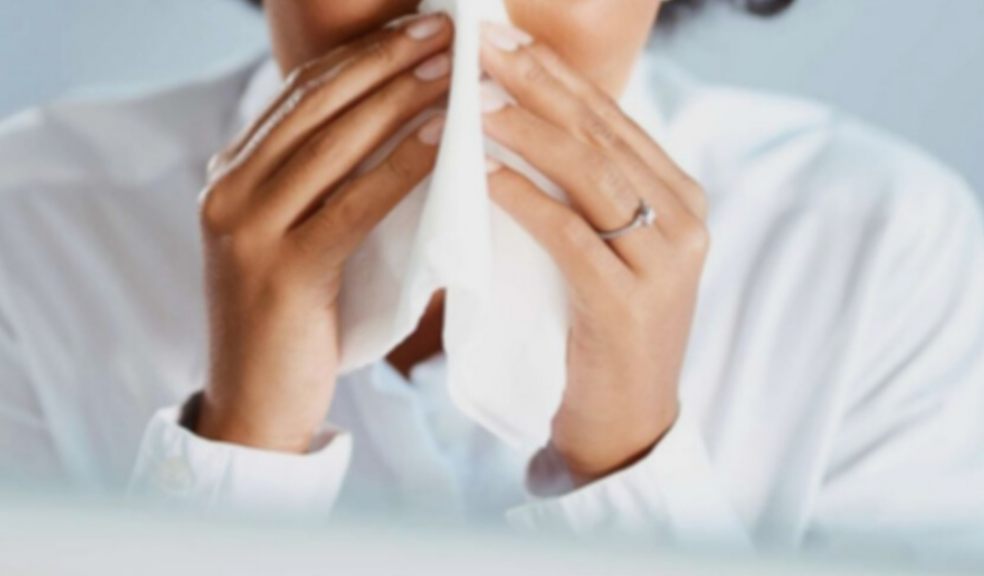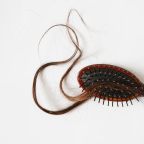
Hay fever relief: Expert reveals how to allergy-proof your home
With the weather warming up and lockdown measures slowly easing, one thing that worries one in five Brits is hay fever.
Whatever your plans in the coming months, pollen outside and dust inside will be a growing issue for many. But there are things we can do to reduce the struggle at home!
Ivan Ivanov, spokesperson from End of Tenancy Cleaning London, has provided his top tips on reducing the severity of allergies during hay fever season:
“Hay fever season is well under way and can be difficult for those who suffer from allergies. While you may think you’re safer indoors from the pesky pollen, studies have shown that over half of the dust in our homes is actually due to dust outside that’s brought in with us.
It’s important to keep our homes as dust-free as possible, but removing it efficiently isn’t an easy task, especially when it comes to the hard to reach places! So where to start? Here are some tips to combat dust build-up in your home.
1. Vacuum often
On carpeted flooring, it’s easy for dust to gather between the fabrics – replacing carpet with hard flooring can slow this. If this isn’t an option, though, vacuum weekly with a vacuum cleaner that has a small-particle or high-efficiency particulate air (HEPA) filter, to dislodge dust from your carpets and reduce build-up. Also, remember to shampoo carpets regularly.
2. Mopping floors
On laminate, tile, wooden or general hard flooring, mopping regularly is a must to combat dust. Warm water with a splash of vinegar will do the trick!
3. Air filtration
Filtering the air in your home is another great trick. As they are specifically designed to remove dust and airborne particles, an air filter will make general living much more manageable.
4. Use non-toxic cleaning products
Toxic cleaning products encourage harmful airborne particles in the home. Always check the labels when purchasing cleaning items to ensure they’re non-toxic. There’s an increasing choice of friendly products out there now.
5. Reduce clutter
The more items in a room or house, the more likely dust build-up on them. Remove or store non-essential items that collect dust, such as tabletop ornaments, books and knickknacks. You can also always donate anything you don’t need!
6. Clean bedding regularly
Bed linen is a prime nesting place for dust and dust mites. Cleaning sheets at least once a week (ideally in water heated to at least 54 C) will remove unwanted critters and dust. In the springtime it’s also worth investing in dust-mite-proof covers as well as replacing wool/feather bedding with synthetics.
7. Dust your home correctly
To eliminate dust in your home, dusting correctly and regularly is essential. It’s better to use a damp sponge or cloth to stop dispersing particles into the air, and a vacuum attachment can be used on hard-to-reach areas too like skirting boards and window frames.
8. Plants and animals
Finally, another surprising culprit of hay fever flare ups is plants and animals – they are living things prone to dander and by-products. Finding a new home for potted plants, reducing the contact your pets have around the house, and bathing pets once a week will help with this.”













